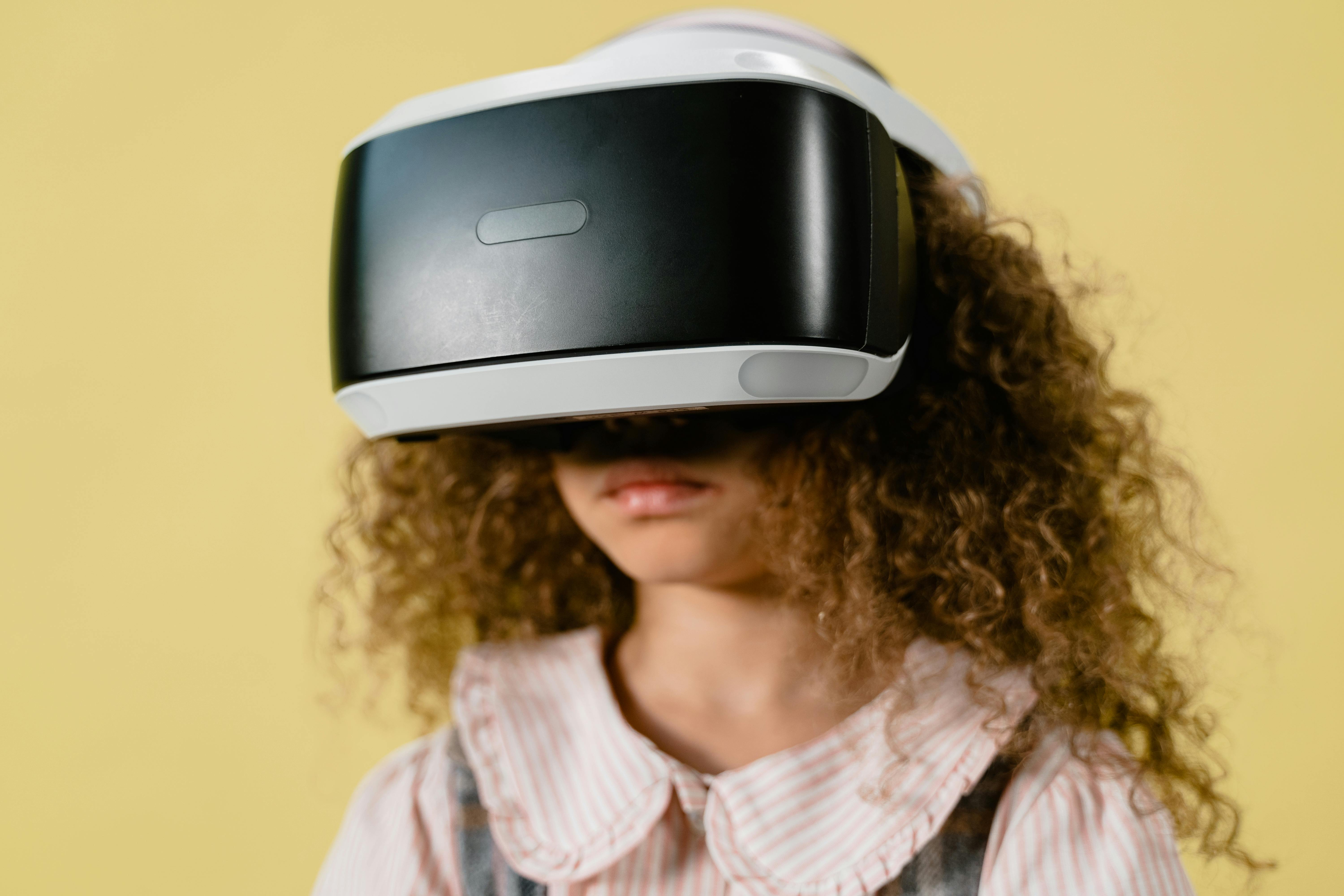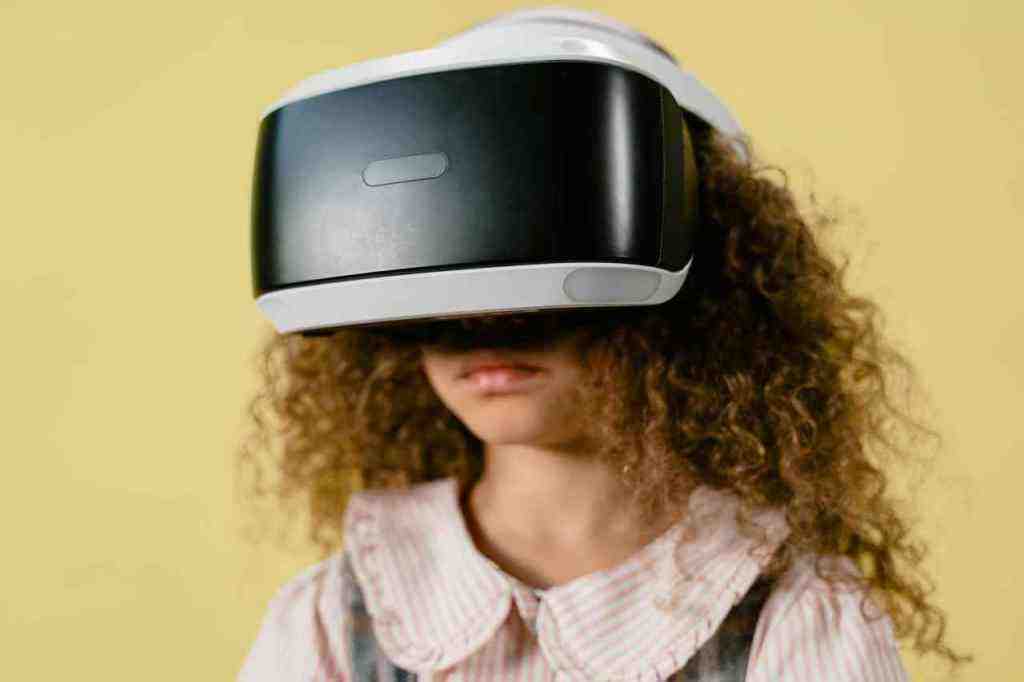NYC Schools Navigate the AI Revolution: Opportunities and Challenges for 2025

The buzz around artificial intelligence in New York City schools is louder than ever as we head into the 2025 school year. It’s not just a futuristic idea anymore; AI is here, and it’s changing how our kids learn and how our teachers teach. From personalized learning paths that cater to each student’s unique pace to tools that can help teachers manage their heavy workloads, the potential benefits are huge. But, like anything new and powerful, there are also big questions and concerns we need to address.
The Bright Side: How AI is Boosting Learning in NYC Schools
Think of AI as a super-smart assistant for both students and teachers. It’s opening up new doors to make education more effective and engaging.
Tailored Learning Just for Your Child
One of the most exciting promises of AI is personalized learning. Imagine a system that knows exactly where your child struggles and where they shine, then provides custom lessons and activities to help them grow. Intelligent tutoring systems can adapt in real-time, offering extra support when needed and presenting new challenges to keep bright minds engaged. This means no child gets left behind, and every child can reach their full potential. For example, AI writing tools are being used to create different versions of assignments, perfect for students who need a little extra help or those who are ready to be challenged further.
Giving Teachers More Time for What Matters
Our teachers are superheroes, but they’re often buried under paperwork. AI can be a lifesaver, helping with tasks like creating lesson plans, designing quizzes, and even giving feedback on student work. Some teachers are reporting that AI tools are saving them five to ten hours a week! That’s time they can now spend connecting with students, fostering critical thinking, and providing that all-important one-on-one guidance.
Helping Students Write with Confidence. Find out more about AI in NYC schools pros and cons.
It’s amazing how AI writing tools are already making a difference in how students write and how they feel about their writing. Getting instant feedback helps students catch mistakes and improve their work, which builds confidence. These tools can break down complex writing tasks into smaller, manageable steps, making even the toughest assignments feel less daunting.
Making Education Accessible for Everyone
AI has the power to make schools more inclusive. For students with special needs or Individualized Education Programs (IEPs), AI-powered tools can offer personalized instruction, like text-to-speech features, that many schools find hard to provide consistently. This technology can help level the playing field and ensure every student has a fair shot at success.
Sparking New Ways to Teach
AI is also pushing teachers to find new and creative ways to teach. Some educators are using AI to help students debug computer code, allowing them to learn from mistakes instantly. Others are exploring how AI can assist with research or provide feedback on projects, changing how learning materials are created and used.
The Other Side of the Coin: AI’s Challenges in Our Schools. Find out more about AI integration in New York City education guide.
While the benefits are clear, we also need to be realistic about the challenges AI brings. It’s important to address these head-on to ensure AI is used safely and effectively.
Keeping It Honest: Academic Integrity
The biggest worry for many parents and teachers is that students might use AI to cheat. Tools like ChatGPT can write essays or complete assignments, making it easy for students to bypass the learning process. While AI detection software is improving, it’s not foolproof. This raises serious questions about whether student work is truly their own. In fact, some schools, like Townsend Harris High School in Queens, are bringing back handwritten essays to combat this very issue.
Will AI Make Kids Less Smart?
There’s a real concern that if students rely too much on AI, they might not develop essential skills like critical thinking, problem-solving, and writing. If AI always provides the answer, students might miss out on the valuable mental effort that leads to deeper understanding. It’s a bit like relying on a calculator for every math problem – you might get the answer, but do you truly understand the math?
Your Child’s Data: Privacy and Security. Find out more about New school year AI impact NYC tips.
Using AI tools means collecting a lot of student data. This brings up big questions about privacy and security. Schools are working hard to create clear policies to protect sensitive information and ensure it’s not misused. The New York City Department of Education (DOE) has already implemented strict guidelines, blocking most AI resources on its network to safeguard student data, allowing only vetted, IRMA-approved resources.
Fairness for All: Avoiding Algorithmic Bias
AI systems learn from the data they’re given. If that data has biases, the AI can end up perpetuating stereotypes, which can unfairly impact certain groups of students, like those who don’t speak English as their first language. For instance, AI detectors have sometimes incorrectly flagged the work of non-native English speakers. Making sure AI is fair and inclusive for everyone is crucial.
The Bigger Picture: Environment and Ethics
We also need to think about the environmental impact of AI, as large AI models use a lot of energy. Plus, there are ethical questions about where the data comes from and the impact of AI on society as a whole.
The Digital Divide: Ensuring Equal Access. Find out more about Personalized learning AI NYC schools strategies.
AI can be a powerful tool, but we need to make sure all students have access to it and the training needed to use it well. If some students have access to advanced AI tools and others don’t, it could widen the gap between them, rather than closing it.
Getting Teachers Ready: Training and Support
For AI to work effectively, teachers need to be trained and supported. While many professional development opportunities are popping up, a lot of teachers still feel they need more training and resources to feel confident using AI in their classrooms. The NYC DOE is actively working on this, offering programs like the “AI School Series” in partnership with monday.com and Harvard Graduate School to help educators build AI literacy.
NYC’s Smart Approach: Balancing AI’s Promise and Peril
New York City is taking a thoughtful approach to integrating AI into its schools, recognizing both its potential and its risks.
Clear Policies for Responsible Use. Find out more about eschoolnewscom.
The city is developing policies to guide how AI is used. Some schools, like United Charter High School for the Humanities II in the Bronx, have already created their own specific AI policies for students and teachers. The DOE is also piloting usage guidelines, focusing on training staff to establish clear expectations for everyone.
Embracing AI with Purpose
After initially banning tools like ChatGPT due to concerns about academic integrity, the city has shifted its stance. The focus is now on teaching students how to use AI as a supportive tool to enhance their own ideas, rather than as a way to avoid work. It’s about learning to use AI wisely, not just relying on it.
Investing in Teacher Training
Recognizing that teachers are key to successful AI integration, there’s a big push for professional development in AI literacy. Programs are being developed to give educators the skills they need to use AI ethically and effectively in their classrooms.
Building AI Literacy for Students. Find out more about waldenuedu guide.
The curriculum is being updated to include AI literacy. This means teaching students not just how to use AI tools, but also how to think critically about the information AI provides and understand its ethical implications. They’re learning about things like misinformation and the environmental impact of AI.
Expert Voices: What Educators and Leaders Are Saying
Experts agree that a balanced approach is key. AI should be seen as a partner to teachers, not a replacement. The goal is to use AI to enhance teaching, free up teacher time, and deepen student engagement, all while keeping that essential human connection in education. There’s also a strong focus on closing the “AI divide” to ensure all students, especially those in underserved communities, have equal access to AI tools and the digital literacy training they need.
Looking Ahead: The Future of AI in NYC Schools
The world of AI is changing fast, and our schools need to keep up. This means continuous learning and adaptation for everyone involved – educators, students, and policymakers.
Working Together for Success
To make AI integration successful, collaboration is essential. Teachers, students, parents, and tech developers all need to work together. This teamwork ensures that AI solutions are practical, effective, and align with what our school communities need and value.
Preparing Our Kids for Tomorrow
Ultimately, the goal is to prepare our students for a future where AI is a normal part of their lives and careers. We need to equip them with AI literacy, critical thinking skills, and the ability to use AI responsibly and ethically.
Conclusion: A Balanced Path Forward
Artificial intelligence in New York City schools is a powerful opportunity to transform education. By understanding the benefits, acknowledging the risks, and adopting a smart, ethical, and collaborative approach, NYC schools can harness AI to create a more engaging, equitable, and effective learning environment for all students. The journey ahead will require ongoing conversation, flexibility, and a strong commitment to the core mission of education: helping every child succeed. What are your thoughts on AI in schools? Share your experiences and concerns in the comments below!
